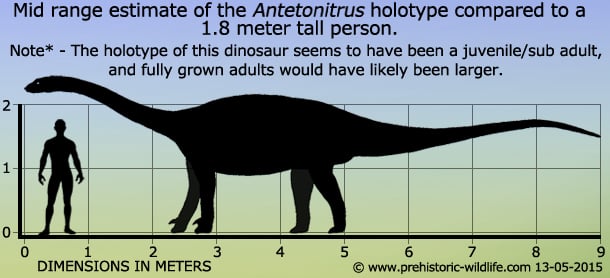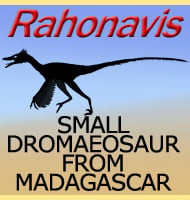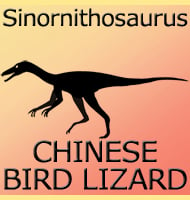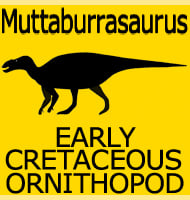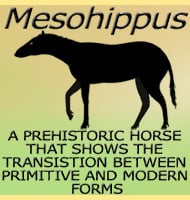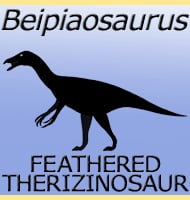In Depth
The holotype fossils of Antetonitrus were originally found in 1981, but were thought to be further fossils of the genus Euskelosaurus. It was not until over two decades later that they would be correctly described as a distinct genus. Antetonitrus is a very interesting sauropod dinosaur, as while it was quadrupedal (walked on four legs), the fore limbs are not as well adapted for bearing the weight of the animal as later, more advanced sauropod genera. The first digit of the fore feet, comparable to your own thumb, is still twisted and opposable against the foot. As time would go on and more advanced forms appeared, the bones grew so large for additional weight bearing support that flexible movement between the bones of the fore foot would become impossible. Therefore, as a genus, Antetonitrus is a transitional link between the mostly bipedal prosauropod dinosaurs that emerged earlier in the Triassic, and the later quadrupedal sauropods that began to become commonplace as the Jurassic went on.
Aside from the fore feet, Antetonitrus appears to have been a fairly typical sauropod that roamed around using its long neck to reach plants to feed. The skull is still not known at the time of writing, so it is still unknown if Antetonitrus had any specialised feeding adaptations that may indicate a preference towards certain plant types. The vertebrae of the holotype individual are also interesting in that the neural arches (the spiky parts of the vertebrae) are not fused with the centra (the round bit that encloses the spinal cord), which indicates that this individual was not fully grown.
Further Reading
- The earliest known sauropod dinosaur and the first steps towards sauropod locomotion, Adam M. Yates & James W. Kitching - 2003.
